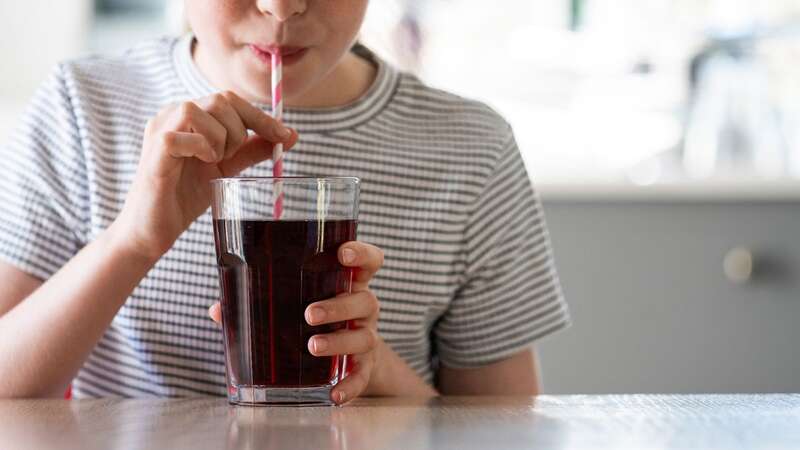
If you're finding yourself unusually thirsty, doctors urge that it might not only be due to the hot weather - but rather an early warning sign of diabetes.
A crucial figure that can help determine your risk is your waist size. This guidance comes from GP Dr Neel Patel as the UK marks Diabetes Awareness Week, with a focus on the initial signs and symptoms we should all stay vigilant for. Common symptoms such as fatigue, thrush or increased thirst could signal the onset of diabetes, says Dr Patel. Plus, he points out that certain ethnic groups face higher disease susceptibility, including those of Black African, African Caribbean or South Asian heritage.
Dr Patel of LloydsPharmacy Online Doctor said: "There are two main types of diabetes. Type 1 diabetes is where your body does not produce insulin. There is no way to prevent this type of diabetes and its exact cause is currently unknown. Type 2 diabetes is where your body does not make enough insulin, or the insulin you do produce does not function properly. This type of diabetes usually comes on in adulthood and can be affected by lifestyle choices as well as other factors."
He further emphasised how vital early detection was in avoiding complications down the line or potentially evading the illness altogether, adding: "Diabetes sometimes goes undetected as some of the symptoms go unnoticed. However, it's best to identify diabetes earlier so that you can avoid later complications or potentially avoid developing diabetes altogether."
One common symptom of diabetes highlighted by Dr Patel includes excessive nocturnal urination, reports Gloucestershire Live. Being unusually thirsty, feeling fatigued and losing weight without trying are key symptoms to watch out for, alongside thrush or itchy genitals, and cuts that take longer to heal. Dr Patel highlighted the increased risk for those overweight or obese: "Generally, people who are overweight or obese are more at risk of developing type 2 diabetes. Specifically, people with an unhealthy waistline measurement and those who store too much fat around their pancreas and liver can be at high risk."
 Hospitals run out of oxygen and mortuaries full amid NHS chaos
Hospitals run out of oxygen and mortuaries full amid NHS chaos
Certain ethnic groups face a higher risk, as Dr Patel explained: "Certain ethnicities also have an increased risk of developing type 2 diabetes. People from Black African, African Caribbean and South Asian backgrounds are generally at a higher risk."
For a healthy waist measurement, targets vary by ethnicity:
Dr Patel said: "Diabetes can be very dangerous if it goes untreated. Most complications build up over time but others can present at any point.
Diabetes complications include:
Sight loss
Foot problems like chronic ulcers
Heart attack or stroke
Kidney problems
Nerve damage
Gum disease
"This being said, if proper treatment is provided and the diabetes is managed, you should be able to live a healthy and normal life. The best way to reduce your risk of developing type 2 diabetes is to improve your overall health by choosing a healthy lifestyle.
"One of the biggest factors that can help is losing weight. This can be done through increasing your physical activity and eating healthier balanced meals. If your waist size is over 31.5 inches for a woman, or 37 inches for a man, you may want to consider losing weight to reduce your risk of developing diabetes.
"Two other key lifestyle improvements that can help reduce your risk of type 2 diabetes are quitting smoking and cutting back on alcohol. Both smoking and excessive drinking have been linked to increased risk of developing the disease and smoking has been shown to increase the risk of complications if you do develop type 2 diabetes.
"If you think you may be at risk of developing type 2 diabetes or you’ve experienced diabetes symptoms, you should contact your GP and ask for a test. Diabetes can be tested for by blood testing which is available on the NHS."
Read more similar news:
Comments:
comments powered by Disqus


































